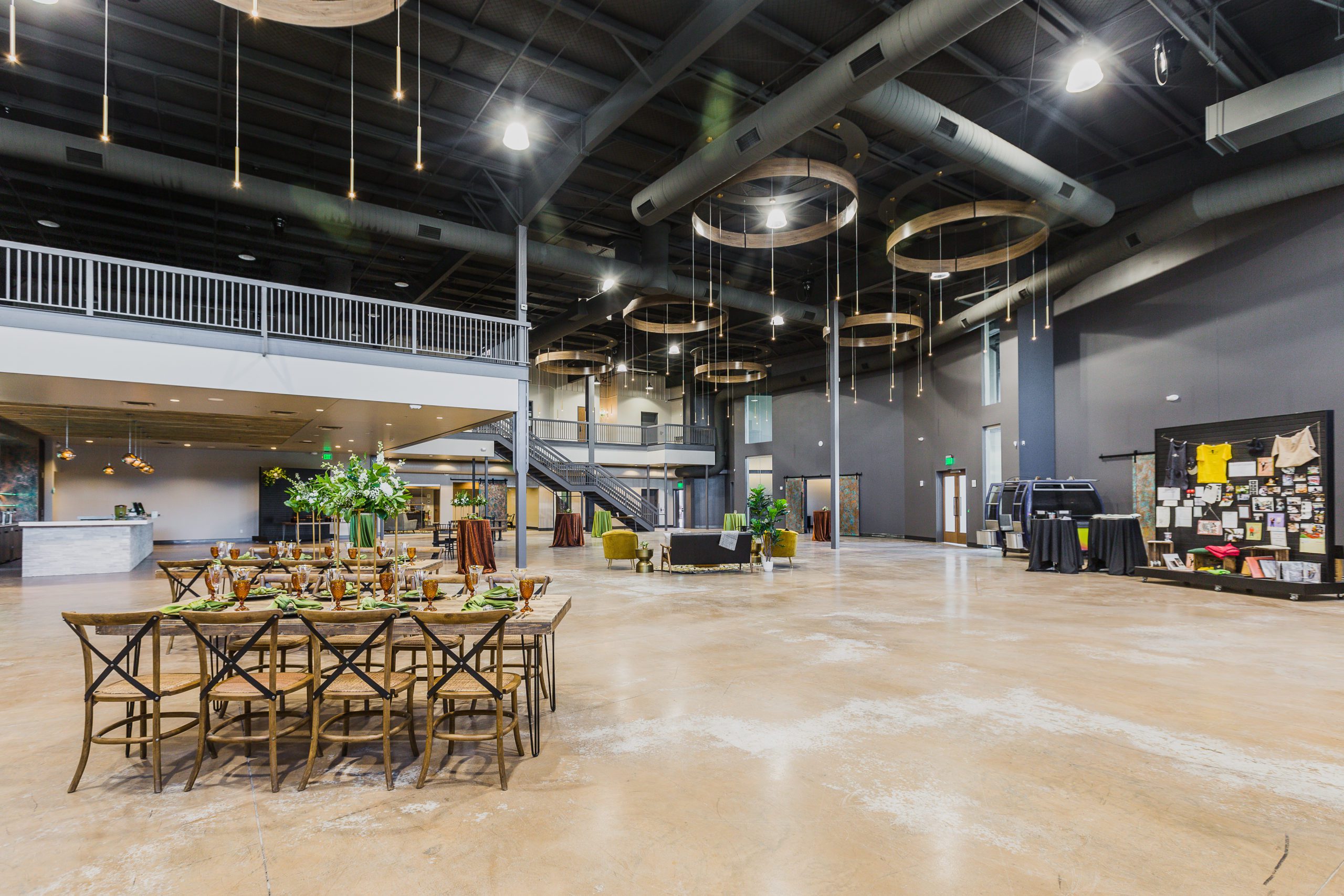…continued from post 2 of 3
Drying:
Ok, so you’ve installed a good quality vapor barrier directly below the slab to eliminate vapor transmission from the ground below, and reinforced and cured the slab in a manner that avoided curling. Can you expect favorable test results and no added cost for vapor/Ph mitigation and no delay in application of the flooring materials? Not necessarily. The other problem is slab drying. (Yeah, I know, this whole subject is dry.) This is not to be confused with curing, which is the chemical process by which the water and cement and other materials in the slab react with each other to gain solidity and strength. Drying is the process by which residual water from the concrete mix itself leaves the slab to a point where the acceptable moisture and Ph levels re reached. Concrete cures to gain strength quickly over the first 7 days and often reaches it’s design strength or close to it within that time. The standard is for full design strength to be reached within 28 days. Drying can take much longer.
Also, drying is not only an issue for slabs on grade. Upper floor concrete slabs on deck must also reach an acceptable level of moisture and Ph before flooring can be applied, so drying issues apply to all levels of a building.
Under good drying conditions (min. 75 degrees with max. 30%-35% relative humidity, maintained 24/7), a slab can take nearly a month per inch of thickness to dry to 3 lbs, and that assumes a very low water/cement ratio of 4.5. And the “drying clock” does not start to run until the slab is protected from moisture – usually meaning the building is dried in and those temperature and humidity levels are established. Note that 70 is roughly 20 degrees warmer than the temperature normally required for other construction processes such as painting, and must be maintained 24/7 to minimize slab drying time.
The drying process can be delayed – or even reversed – if the drying slab is exposed to water or high humidity. Obviously, rain or snow penetrating a less than completely dried-in building can be absorbed into the slab, but water dropped on the slab from construction processes, a broken sprinkler pipe or water line or other sources can also cause problems. A drying slab can also absorb moisture from the air. Using propane heaters for temp heat can greatly raise the humidity within a building, because propane contains large amounts of water. Natural gas or even electric sources for temp heat are therefore preferable, although sometimes not available, or more expensive. Painting and mudding gyp board or spray applied cavity insulation or fireproofing can greatly increase the humidity within an enclosed building, so aggressive ventilation during those processes is often necessary to keep humidity levels down. During the winter, increased ventilation usually equals increased temp heating costs to keep the minimum required drying temperature at 70 degrees.
Slab drying tends to be a particular problem in smaller, shorter duration projects where there may not be enough time in the schedule for the slab to dry to acceptable levels. Even in longer projects, especially in winter construction, drying can still be a problem if there is not enough money allowed in the budget for temp heat to properly dry the slab. And even if the time and heat are available to get the slab dried, it can still be “lost” near the end of the job, just before flooring is applied, when the high humidity processes of painting and gyp board finishing are typically done. If the scheduled time for flooring to be applied is reached and the slab is still not acceptably dry, then the unpleasant choices are to extend the schedule/delay the turnover date to allow for more drying time or to apply a topical mitigation treatment.
To promote slab drying, the building should be dried in as quickly as possible and temperature and humidity should be closely controlled. Rather than waiting until just a couple of weeks before flooring is installed, a limited number of moisture and Ph tests should be taken earlier in the schedule to establish a baseline and to monitor the drying process. If the tests show drying is not proceeding fast enough, the temperature can be raised to accelerate the process, although obviously at increased cost.
Methods for minimizing slab drying time usually include minimizing the amount of water in the concrete mix itself. Water/cement ratios recommended are typically 0.45 or less. Such a low W/C ratio makes the concrete more difficult for the flatwork sub to work with, and is often resisted. The temptation is for water to be added to a low W/C mix on site to make it more workable or pumpable. A lower W/C ratio also usually translates into an unintended higher strength of concrete, often much higher than the design strength (usually 3,500 or 4,000 psi for slabs). There is some indication that higher strength concrete can actually worsen the potential for curling, because the differential in concrete strength between the top and bottom surface of the slab can be greater during the curing process. Nevertheless, the less water initially in the concrete, the less time it will take for the slab to dry.
Hope on the horizon?
There are some emerging products that hold some hope of eventually solving these interconnected, difficult and expensive issues. Low-shrink concrete potentially can minimize curling problems – LaFarge’s “Extensia” has been promoted for this purpose, although the cost of the concrete itself is roughly twice that of conventional concrete. There are additives available for concrete that essentially fill up all the microscopic cracks and pores to make the concrete itself less vapor permeable, possibly eliminating the need for a vapor barrier and therefore all the curling issues associated with it. This would not, however, eliminate vapor from passing through shrinkage cracks, control joints and perimeter joints.
The best hope seems to be for improvements in the moisture and Ph resistance of the water-based adhesives themselves – the basic cause of the entire issue. Initially, low-VOC adhesives could tolerate moisture in the range of 3 lbs and a Ph of 9. We are now seeing high performance adhesives commonly able to tolerate 5 lbs, with some up to 8 lbs or even higher. Tolerance to higher Ph levels seems to be developing less quickly.
Even with the availability of high performance adhesives, however, there still seems to be a resistance on the part of some flooring materials manufacturers to accept and warrant installations using adhesives other than their own. And flooring manufacturers seem to be slow in developing higher performing adhesives for themselves. The trend instead is for them to simply limit their liability by keeping their maximum allowable levels of moisture and Ph low, and by not warranting installations using high performance adhesives by other manufacturers.

